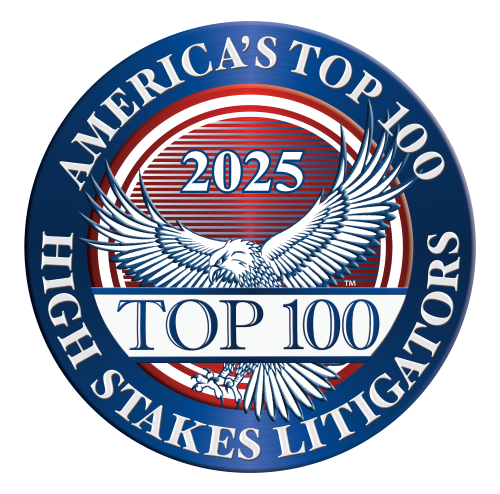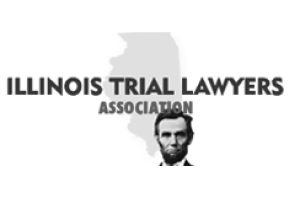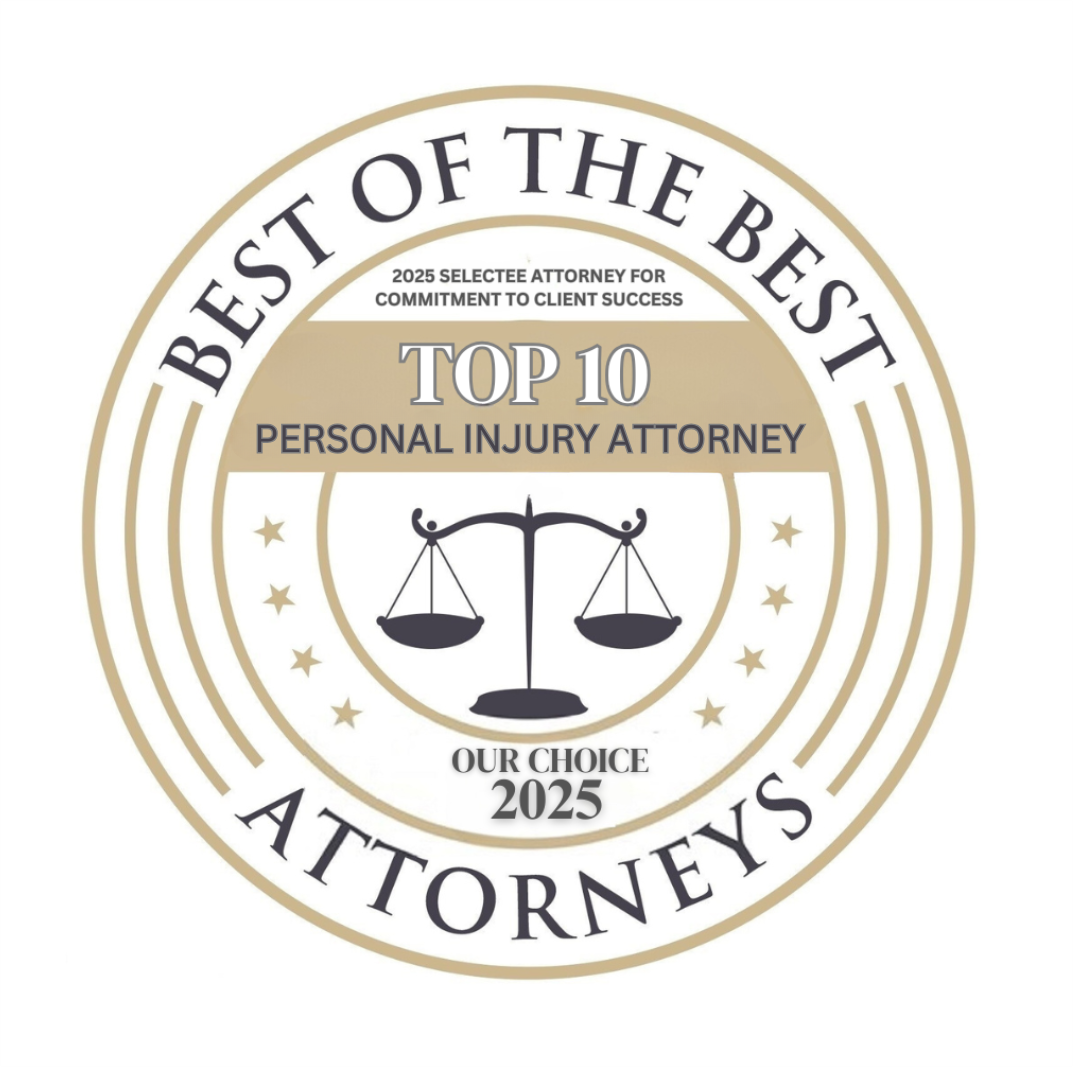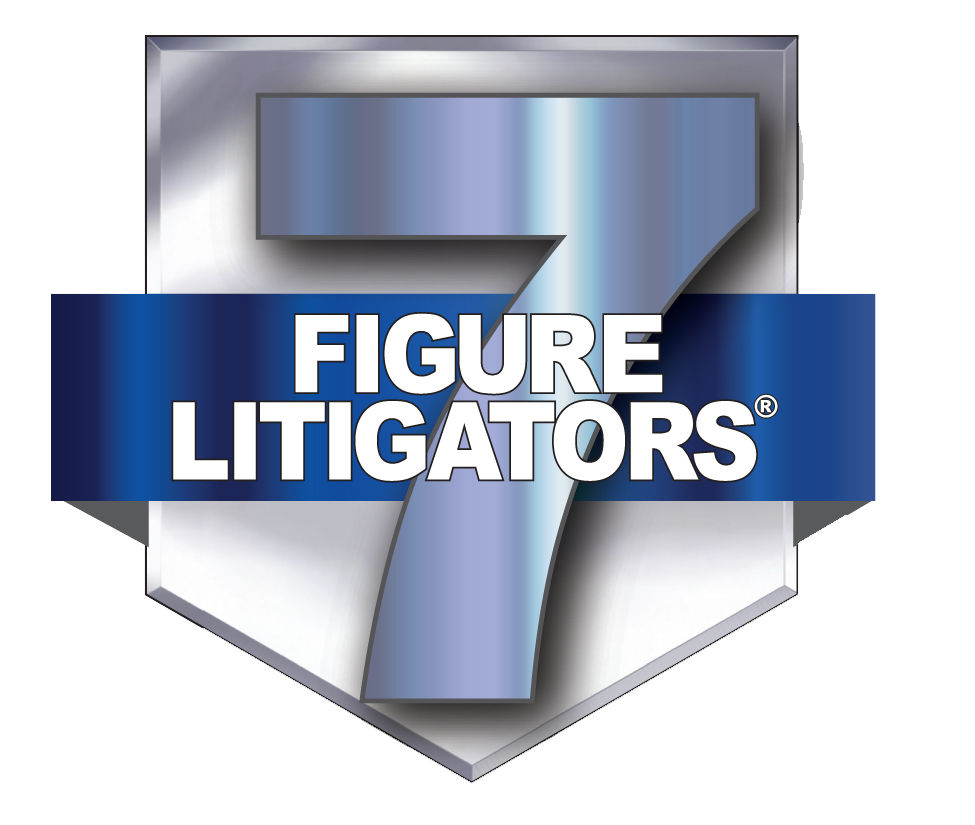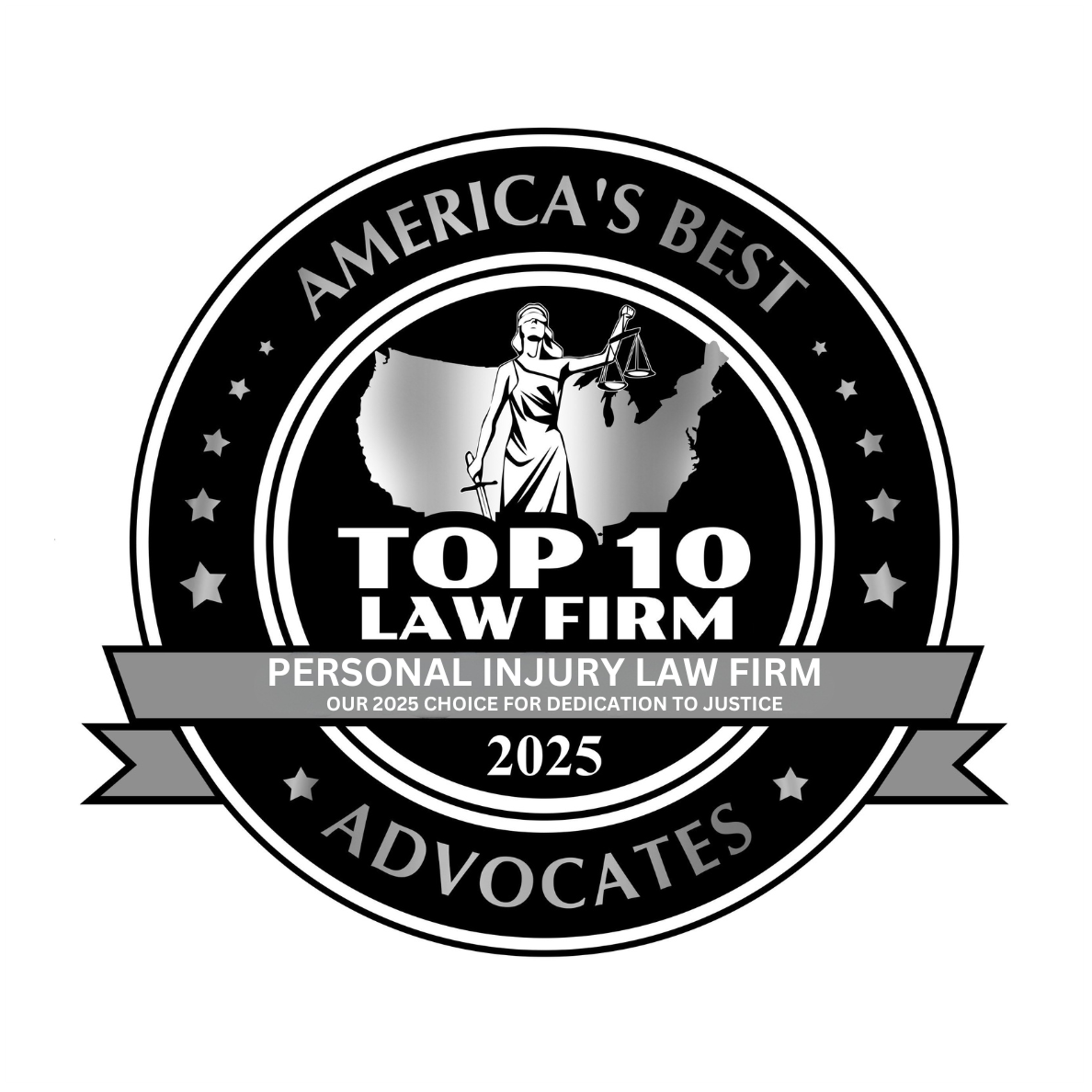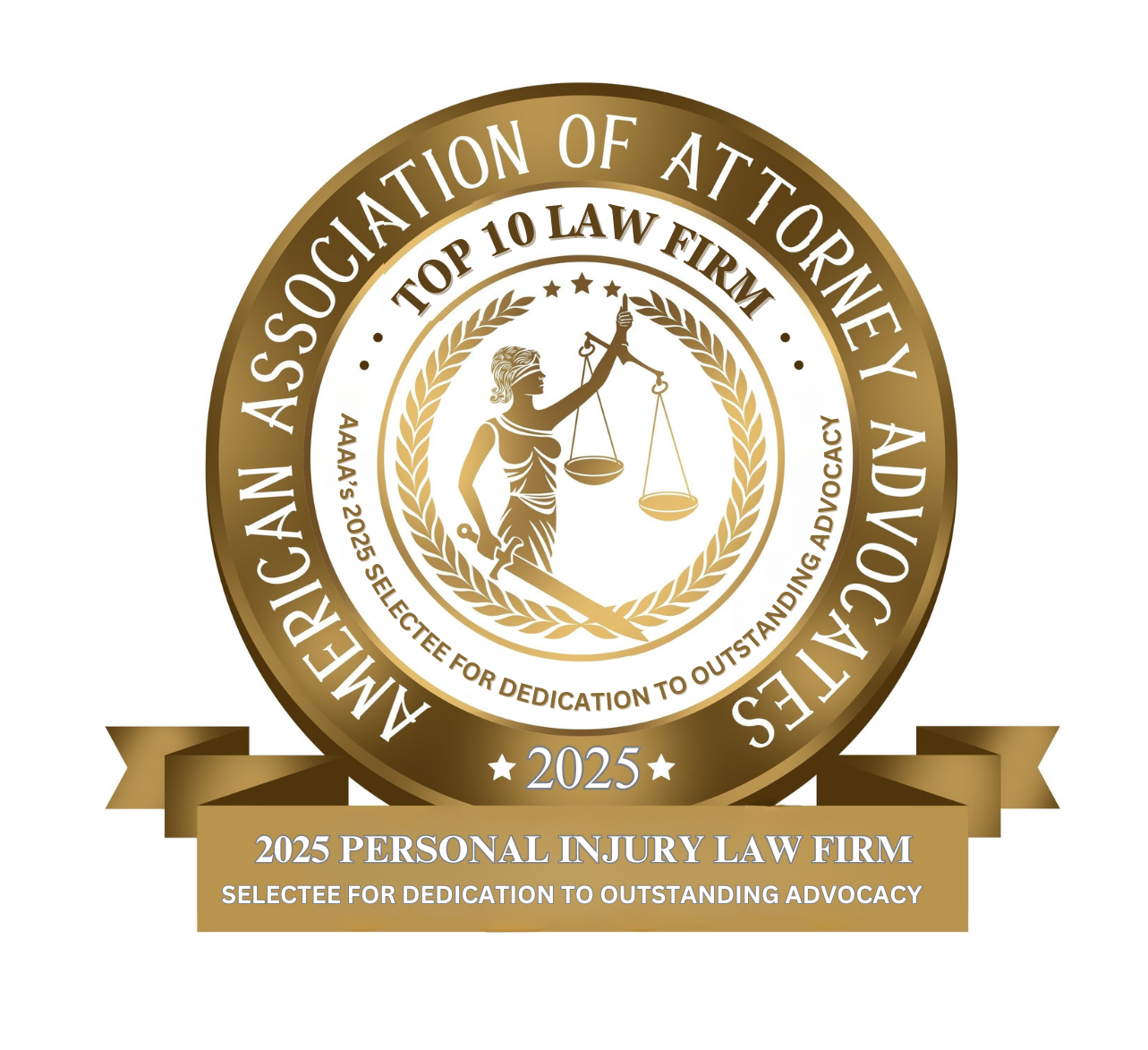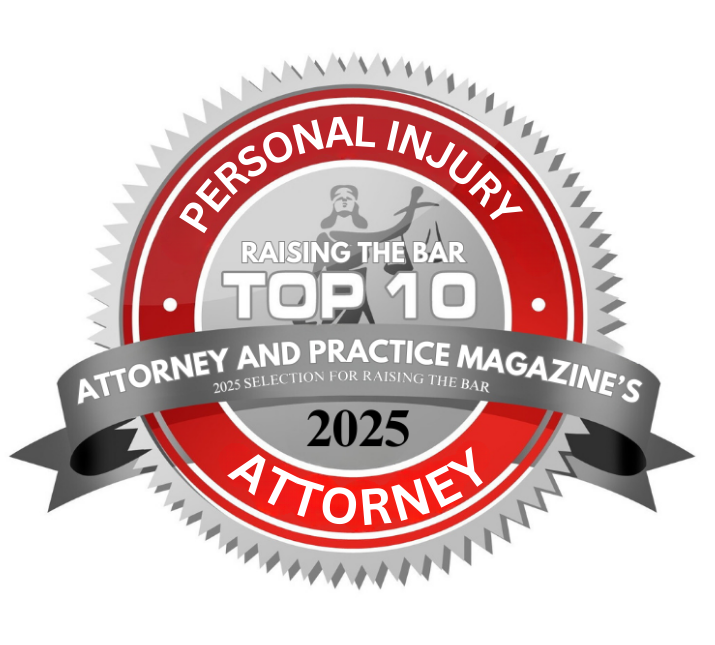- Free Consultation: (630) 527-4177 Tap Here to Call Us
What Parents Need to Know About Accidents at School Crosswalks in Illinois
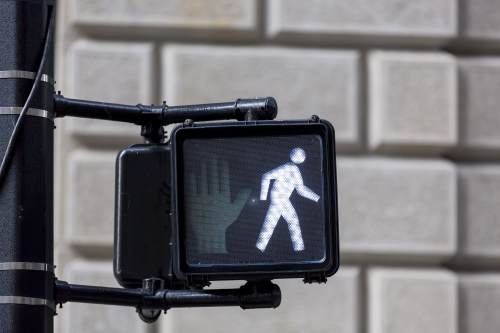
Every school day in Illinois, thousands of children and caregivers cross streets during the busiest driving hours. When drivers speed, glance at a phone, or ignore a crossing guard, the risk of a serious pedestrian accident spikes, especially in the chaos of morning drop-off and afternoon dismissal. State law tries to protect kids with special rules for school zones and crosswalks, but violations still happen, and the consequences can be life-changing.
2023 statewide data from the Illinois Department of Transportation shows 4,533 pedestrian crashes, including 198 fatal pedestrian crashes and 4,169 injury crashes, the majority on urban streets where many schools sit. Nationally, children remain a vulnerable group: in 2023 an estimated 7,081 child pedestrians were injured in traffic crashes.
In this blog, we explain the Illinois laws that apply in and around school crosswalks, why crosswalk crashes happen, who may be liable, what evidence matters, and what to do next if your family has been affected.
The Illinois Laws That Protect Kids At and Near School Crosswalks
Illinois has some of the strongest rules in the country around school zones and crossings. The most important provisions include:
- 20 mile-per-hour school-zone speed limit: On school days when children are present, drivers must obey a special 20 mph limit in marked school zones. Violations can trigger tickets and enhance crash liability.
- Stop and yield to pedestrians in crosswalks school-day rule: When signals are not present or operating, a driver must stop and yield to a pedestrian in the crosswalk on his or her half of the roadway (or close enough to be in danger). This rule explicitly applies on school days when children are present.
- Obey the crossing guard: It is illegal to disobey a lawful order from a school crossing guard with authority to direct traffic.
- Hands-free only and no phone use in school zones: Illinois bans handheld device use while driving statewide, with added prohibitions in school zones. Violations that lead to injury can escalate to aggravated use of an electronic communication device charges.
- School bus stop-arm law: Drivers must stop for a school bus with flashing red signals and extended stop arm. A first offense carries a mandatory minimum $300 fine and a 3-month license suspension; repeat offenses bring higher penalties.
These rules set clear expectations for drivers near schools, and create powerful standards to prove negligence when they’re ignored.
How and Why School Crosswalk Crashes Happen
Even with strong laws, several recurring hazards make school crosswalks risky:
- Speeding through the zone. At 20 mph, a driver’s stopping distance and the severity of any impact are dramatically lower than at 30–35 mph. The school-zone cap exists precisely because most crossings happen during peak traffic.
- Distracted driving. Looking down at a text for even two seconds can erase a driver’s ability to react to a child stepping off the curb. Illinois’ phone rules are strict, especially in school zones, because distraction remains a major factor in pedestrian crashes.
- Failing to yield at marked and unmarked crosswalks. Intersections next to schools often include mid-block crossings, drop-off loops, or wide arterials with turning traffic, places where drivers misjudge gaps or assume pedestrians will wait. Illinois law is explicit: stop and yield.
- Ignoring crossing guards. A guard’s signal may come when drivers are accelerating to “beat” a light or squeeze through before a bus stop. Disobeying a guard is illegal and highly persuasive evidence of negligence.
- Large vehicles and visibility. Big SUVs and pickups reduce sightlines, especially at right turns and during the “A-pillar blind spot” moment. National data show a continued rise in pedestrian risk in recent years, underscoring why design and speed management both matter.
Who May be Liable After a School Crosswalk Crash?
Every crash is unique, but common at-fault parties include:
- The driver who struck the pedestrian. Violations of the 20 mph school-zone limit, the stop-for-pedestrian rule, or the phone ban can establish negligence per se (a statutory breach that strongly evidences negligence).
- A turning driver at an intersection. Illinois requires drivers to yield to pedestrians during turns at signalized and unsignalized intersections.
- A driver who ignored a crossing guard. Disobeying a lawful direction is a ticketable offense and compelling fault evidence.
- A motorist who passed a stopped school bus. The stop-arm statute carries strict penalties; it also anchors civil liability where a child is hit as they cross to/from the bus.
- Public entities (in limited situations). A city, county, or school district may bear partial responsibility if negligent design/maintenance (e.g., missing signage, faded crosswalk markings, malfunctioning signals) contributed to the crash. Claims against public bodies involve notice and immunity issues that must be handled carefully and promptly under Illinois law.
- Fleet owners and employers. If the at-fault driver was working (delivery van, rideshare, contractor), the company may be vicariously liable and directly liable for negligent training, supervision, or vehicle maintenance.
- Product manufacturers. In rare cases, defective brakes, pedestrian-detection systems, or lighting could support a product liability claim.
Evidence That Wins School Crosswalk Cases

Strong cases involving children being struck at crosswalks are built quickly. Key evidence includes:
- Traffic controls and signage at the scene (school-zone signs, “20 mph” plates, flashing beacons, crosswalk markings, stop-arm bus cameras).
- Surveillance and dashcam video from buses, nearby businesses, and vehicles stopped at the intersection.
- Crossing guard testimony and school staff statements about how crossings are normally conducted.
- Phone and telematics data to show speed, braking, and distraction (calls, texts, app use).
- Event data recorder (EDR) downloads from the vehicle that show speed and braking in the seconds before impact.
- Crash reconstruction (sightlines, speed estimates, stopping distance, conspicuity, reaction time) and human-factors analysis (driver expectancy at school approaches).
- Police reports and medical documentation of all injuries, including post-concussion and orthopedic follow-up.
Common Injuries in Child and Teen Pedestrian Crashes
- Traumatic brain injuries (concussions to severe TBI)
- Orthopedic injuries (tib-fib fractures, pelvic fractures)
- Spinal injuries
- Internal organ injuries
- Facial fractures and dental trauma
- Psychological trauma (acute stress, PTSD), often significant for kids and parents
Because children are still developing, careful long-term prognosis and future-care planning are crucial parts of the damages analysis.
What to do Immediately After a School Crosswalk Crash
If a child or caregiver is hit near a school crossing:
- Call 911 and get EMS on scene. Ask police to document it as a school-zone/crosswalk crash and identify any crossing guard or bus involved.
- Preserve evidence right away.
- Photograph signage, flashing beacons, pavement markings, and view obstructions (parked cars, shrubbery, buses).
- Note whether the 20 mph signs and school-day/children-present plaques are posted and visible.
- Get witness information. Crossing guards, teachers on duty, and bus drivers are critical witnesses.
- Request video. Ask nearby businesses and the school for footage immediately—many systems overwrite within days.
- Seek specialized medical care and follow through with all recommendations (including neuro/psych follow-ups for kids).
- Contact an attorney early. Quick action helps secure phone records, EDR data, and municipal maintenance logs before they disappear.
Damages Your Family May Recover After a School Crosswalk Accident
If your child was injured while crossing in a school crosswalk, you may get compensation for:
- Medical expenses (ER, surgery, hospitalization, rehabilitation, therapy) and future medical care
- Lost wages for parents/caregivers and loss of earning capacity for injured teens
- Pain, suffering, and emotional distress (including PTSD and anxiety)
- Disfigurement and disability
- Loss of a normal life (impact on daily activities and development)
- Wrongful death damages in tragic cases (including funeral/burial and loss to the family)
How Our Firm Investigates school Crosswalk Crashes
Our team moves fast to protect your child’s case:
- Scene inspection within days, with measurements, sightline studies, and photography.
- Preservation letters to the school district, municipality, bus contractor, and any businesses with cameras.
- Immediate requests for body-worn and dashcam video from police and school resource officers.
- EDR/telematics and phone-usage analysis to document speed, braking, and distraction.
- Coordination with pediatric specialists to accurately project future care and school accommodations.
- Assessment of potential municipal liability for unsafe design, missing signs, or failed maintenance (with attention to notice and immunity defenses).
Contact the 5-Star Rated Illinois Pedestrian Accident Attorneys at John J. Malm & Associates
If your child or a loved one was struck in or near a school crosswalk, you don’t have to navigate the medical bills, insurance calls, and legal deadlines alone. At John J. Malm & Associates, our Illinois pedestrian injury lawyers understand the statutes, knows how to secure the critical evidence, and fights to recover the full compensation your family deserves.
Reach out today for a free, confidential consultation. We’re here to help your family move forward.



